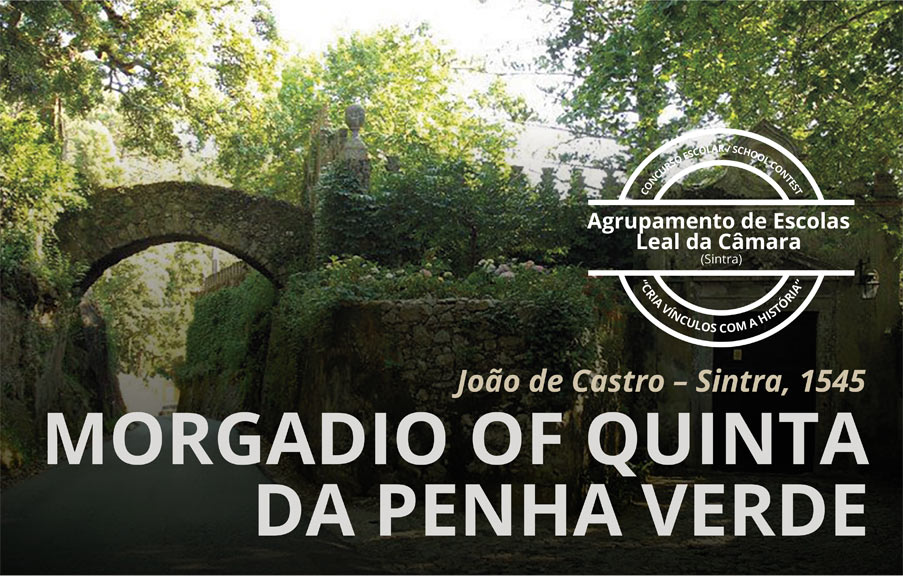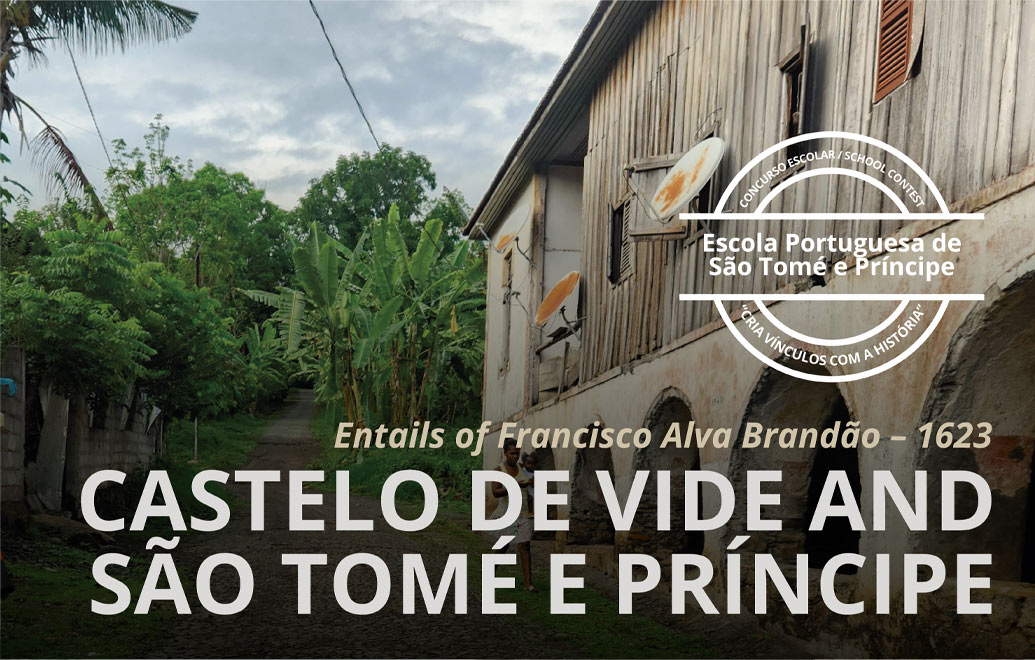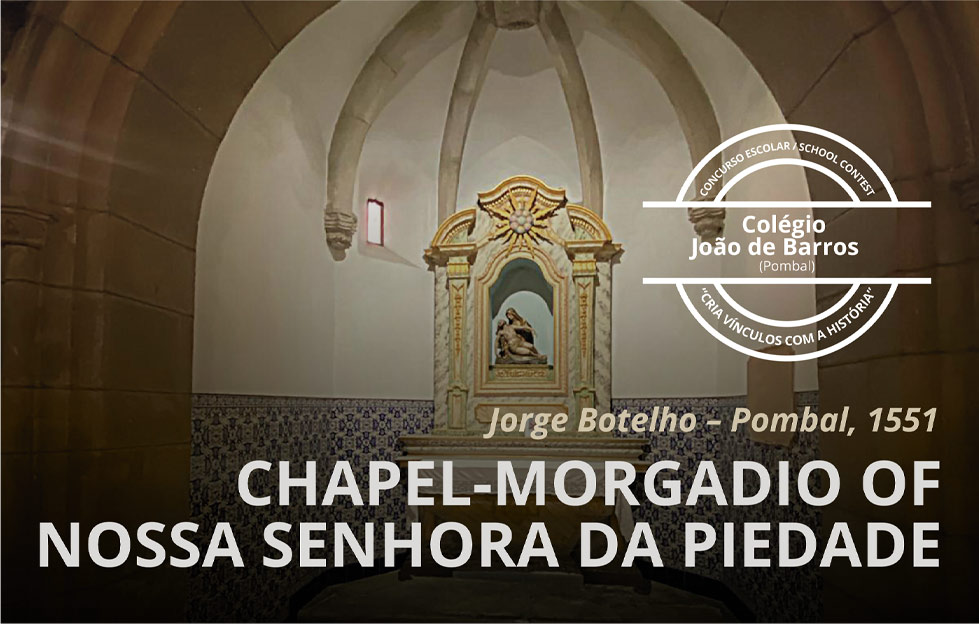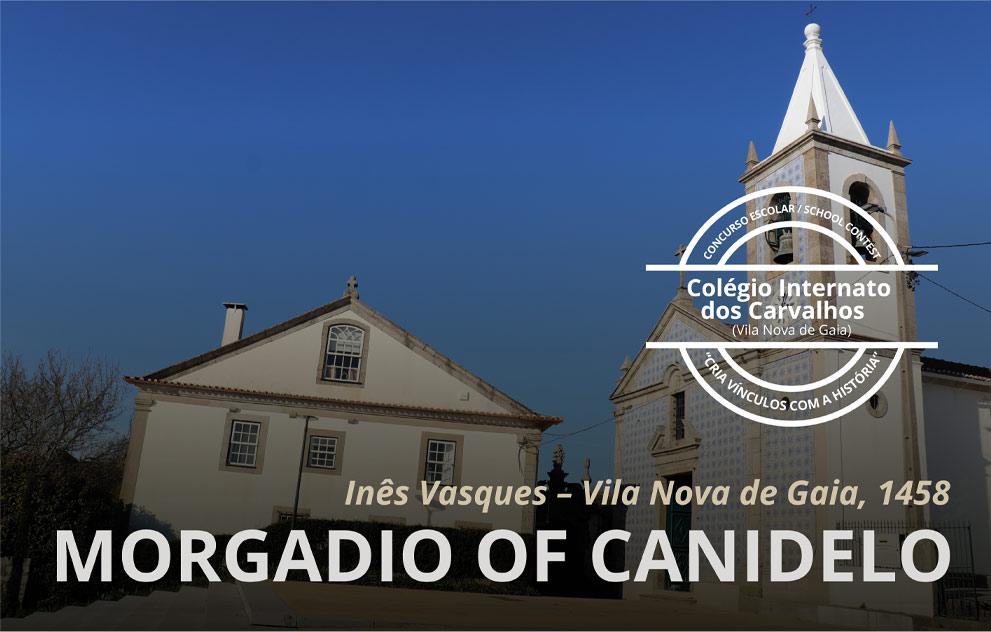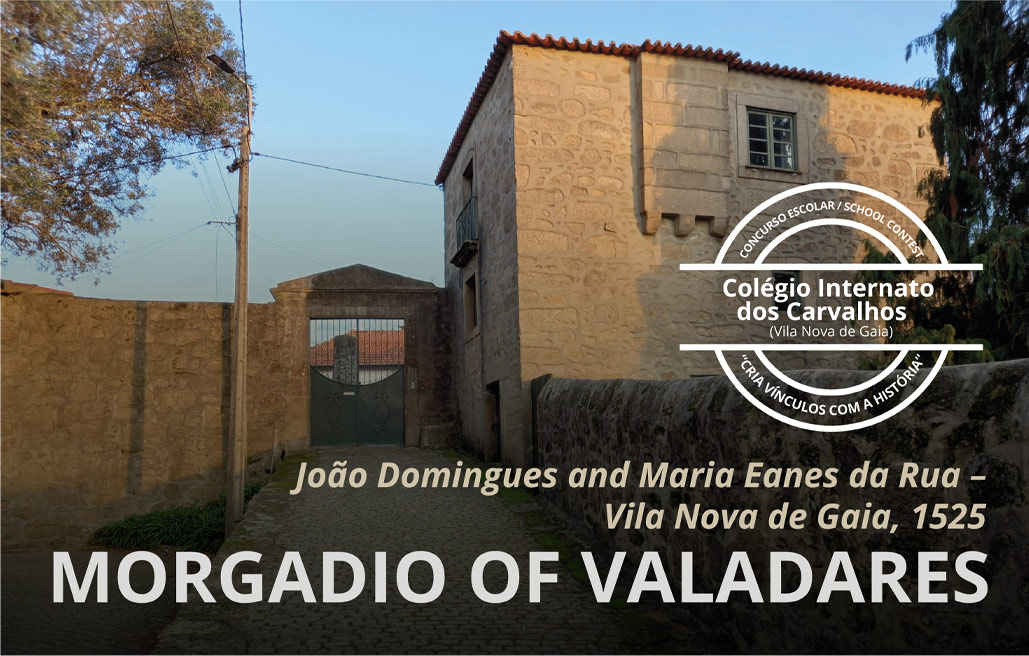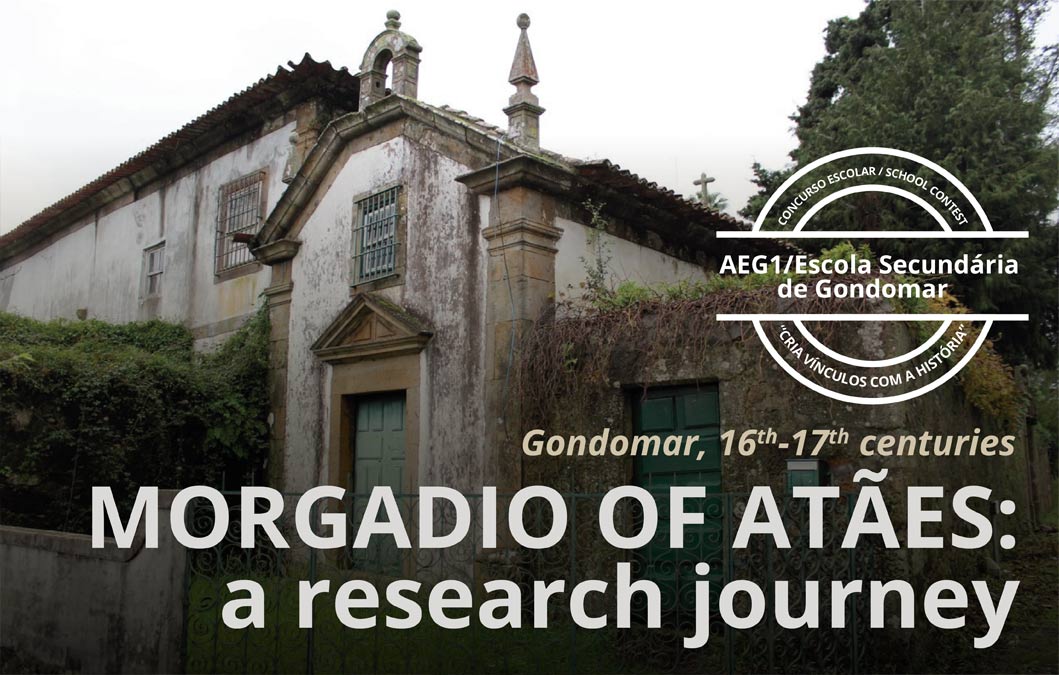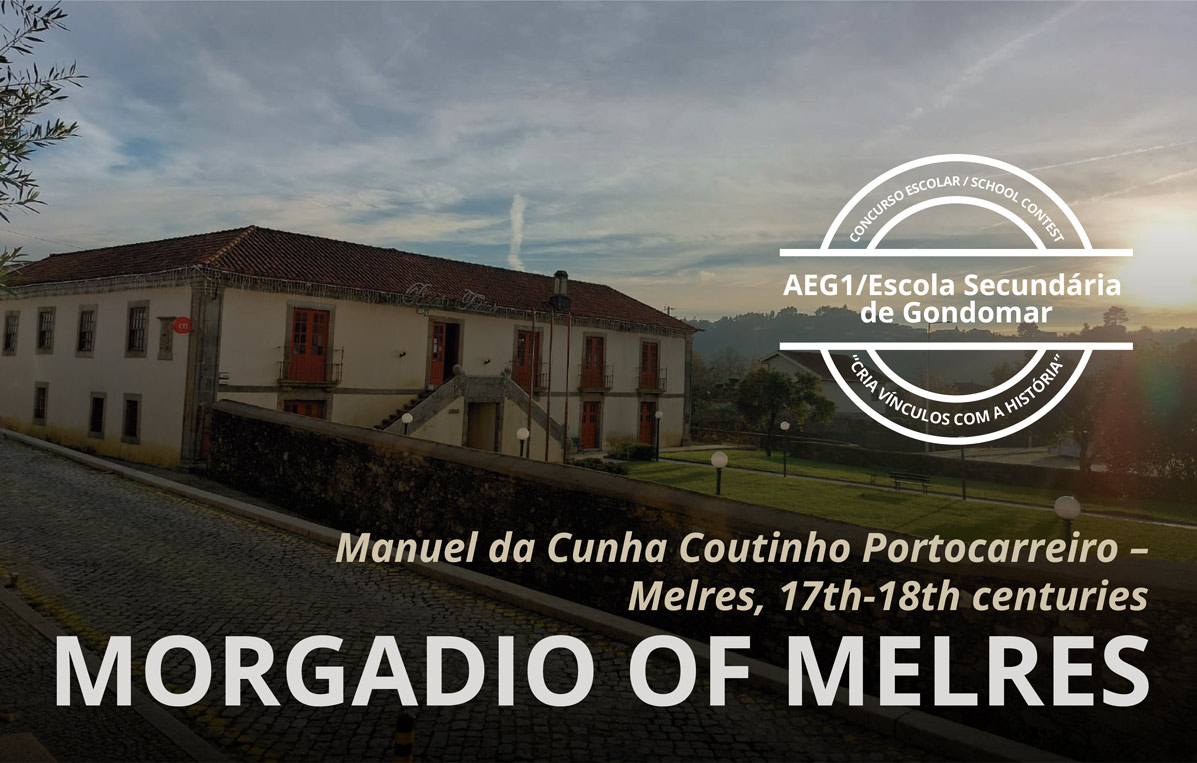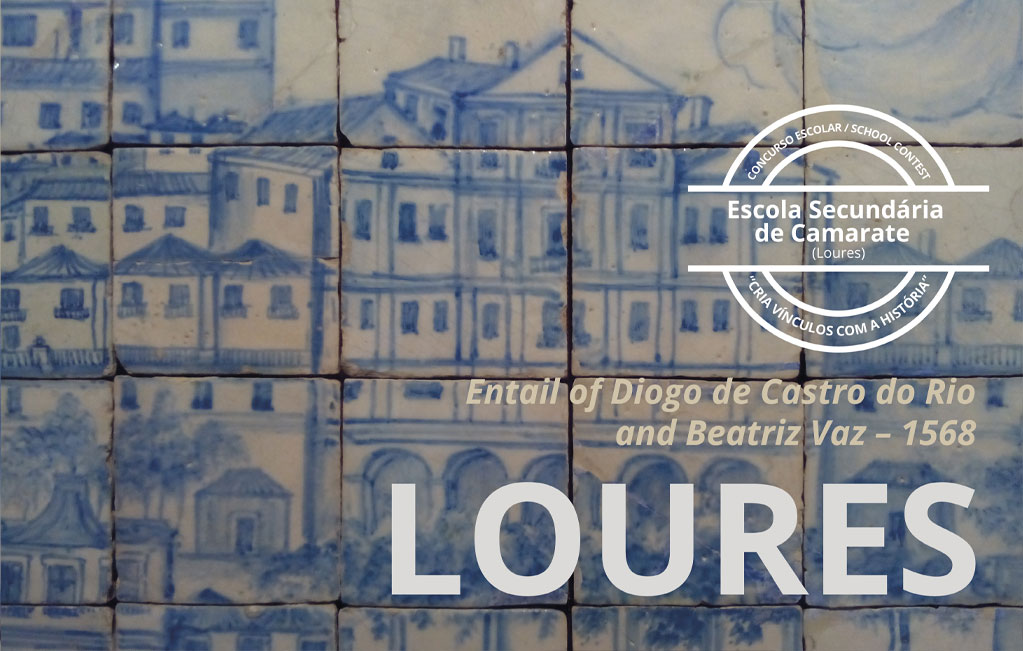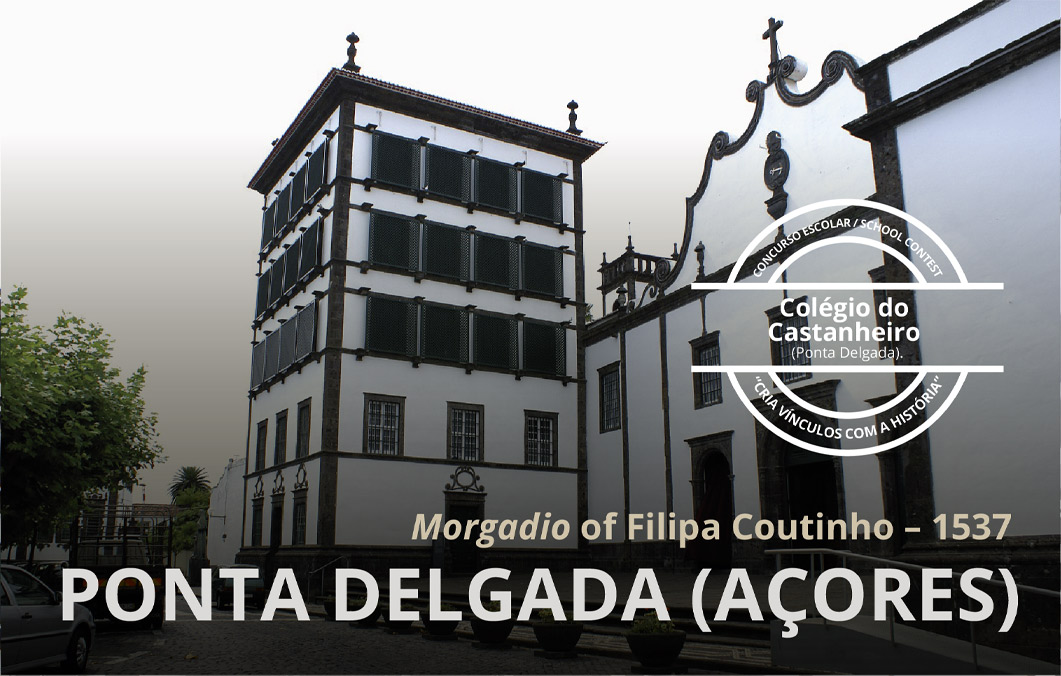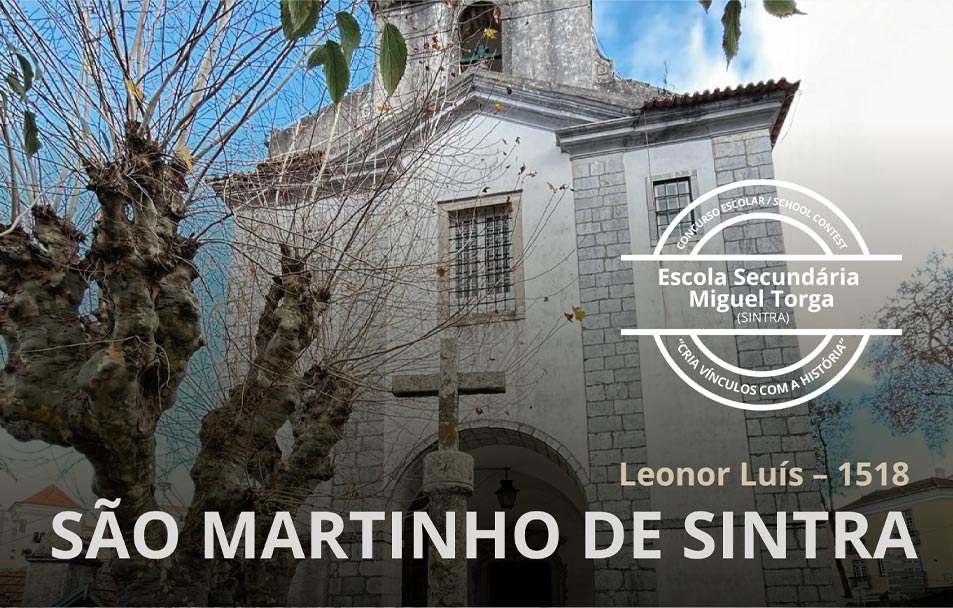Entail of the month (Janeiro, 2022)
Chapel of Geraldo Viegas
Tonda, 14th century
According to the will of Geraldo Viegas or Giral Viegas (floruit 1303-1305), abbot of Dardavaz, a chapel in the Igreja de São Salvador de Tonda was founded sometime in the fourteenth century (GAIO, 1940, p. 10). The Quinta dos Outeiros – the name by which the later morgados commonly came to be referred to – was entailed to that chapel, and so were other properties in Dardavaz. As Tiago Mendes’ ongoing investigation has detected, this is one of the oldest entails in Besteiros, Tondela (MENDES, 2007; 2017). In want of the institution’s foundation charter, information can be obtained from other sources, from the royal chancellery to Leitura Nova and the chapel’s seventeenth-century tombo (ADV, Registos Paroquiais, Tondela, cx. 6, lv. 4, fol. 5; ANTT, Chancelaria de D. Afonso V, lv. 29, fol. 24v; ANTT, LN 7, Beira, lv. 2, fol. 22v; ANTT, Capelas da Coroa, lv. 7, fl. 358 and following). According to those records, “each day a mass for his soul” should be celebrated, assigning to “Martim Geraldes, a layman”, the responsibility to make payment, determining that the chapel always remain in the lineage of Geraldo Viegas through his eldest son, or brother should he die heirless. Although Geraldes is not mentioned, based on the surname one could assume that Geraldo Viegas and Martim Geraldes were kin.
Information about the chapel and its administration lacks for a period of nearly a century. It resumes in 1462, when the chapel entered the estate of clergyman Vasco Martins, an abbot in Tondela and the first administrator recognised as such in the documents, his family connections extending to Martim Geraldes (ANTT, Chancelaria de D. Afonso V, lv. 9, fol. 37 v.; MENDES, 2007, p. 177). Around 1463, Vasco Martins died without appointing his successor in the administration of the chapel. The chapel and its heritage were then usurped by Pedro Rodrigues, a resident of Outeiros, who took the administration of the morgadio unto himself (ANTT, Chancelaria de D. Afonso V, lv. 9, fol. 74). This resulted in a civil dispute between him and Fernão Vaz, the son who was legitimised after Vasco died. He ended up becoming a lifetime administrator in 1466. In 1471, it was ruled that the administration would fall to Fernão Vaz’s descendants (ibidem, lv. 29, fol. 24 v.).
Disputes over the administration of the chapel of Geraldo Viegas continued when in 1516 Francisco da Costa, a knight-nobleman (cavaleiro-fidalgo) of the House of Bragança, denounced Lopo Borges, a descendant of Fernão Vaz, for unlawfully retaining the chapel administration. Costa claimed that it had been handed over to Fernão Vaz alone, and not to his descendants (ANTT, Capelas da Coroa, lv. 7, fl. 358). However, it is known that the administrators continued indeed to be members of Fernão Vaz’s lineage, as stated in the 1471 ruling (ANTT, LN 7, Beira, lv. 2, fol. 5). Although Lopo Borges and his daughter and heir, Margarida da Fonseca, ultimately regained the administration, this could have determined a different course for the succession of the chapel’s administrators from that which had been initially established (MENDES, 2007, p. 182).
The marriage of Margarida da Fonseca to Jorge de Loureiro de Távora, a knight-nobleman of King Sebastião, created ties with the Távora e Figueiredo family, hence the surname being adopted until the eighteenth century, as shown on the coat of arms hanging over the façade of the manor house in Quinta dos Outeiros. Following a case of abuse of power by Jorge de Loureiro de Távora, the administration went to the eldest son, André Borges de Távora. An ordinary judge in the Municipality of Besteiros around 1601, André died shortly after that year (ADV, Registos Paroquiais, Tondela, cx. 6, lv. 2, fol. 139 v.). Silvestre de Morais, his brother, was the successor and was also responsible for the first inventory of the chapel’s assets, dated 25 May 1622 (ANTT, Capelas da Coroa, livro 7, fl. 358 and following). It should be noted that this came about for specific reasons, namely “respecting information that I had about my provision, which third parties have usurped” (ibid.). After Silvestre died in 1630, the administration was entrusted until 1679 to his eldest son, also named André Borges de Távora (ADV – Registos Paroquiais, Tondela, Cx. 6, Livro 2, fl. 68; 70v; 73). In the mid-1700s, a new dispute between successors was brought before the Lisbon Court of Appeal. This time, between his uncle, Silvestre de Morais de Figueiredo, and nephew, Simão Borges de Távora. The former took advantage of the premature death of his eldest brother to withhold the property belonging to him, claiming his brother had been born illegitimate. However, in 1755 Simão was able to obtain permission to administer. This guaranteed the “morgadio dos Outeiros” to come in his possession.
On 8 November 1320, Estêvão da Guarda and his wife, Sancha Domingues, founded a chapel at the São Vicente de Fora Monastery, Lisbon. Two years later, a confirmation document details every aspect related to the chapel administration and worship (AML, 2003, p. 41). In fulfilment of the founders’ wishes, succession to the administration of the assets fell on the eldest male heir. Thus, after the death of Estêvão da Guarda, it fell on Álvaro Afonso, the grandson of Estêvão and Sancha.
However, the chapel and related properties remained in the lineage’s administration for only two generations. The disowning of the great-grandson, Diogo Álvares, in 1419 by order of João I, seems to indicate irregularities on the part of the founders’ successors (AML-AH, Chancelaria régia, Livro dos Pregos, doc. 285, ff. 200v-201v). For an extended period, the “problematic and troublemaking” administration was met with a lack of income, as attested by a document dated December 1513 (MARTINS, 1999, p. 11). This document reveals a poorly kept chapel, “so badly looked after that it looked abandoned” (AML-AH, Casa de Santo António, Livro da instituição da capela de Estêvão da Guarda, doc. 15; MARTINS, 1999, p. 12). For these reasons, on 26 July 1512, King Manuel ordered the senate of Lisbon’s municipal council to take possession of the chapel, and gave it the right to appoint and remove its administrators (AML-AH, Casa de Santo António, Livro da instituição da capela de Estêvão da Guarda, doc. 1, f. 5). It should be noted that the founders had foreseen the possibility that, in case there was no descendant in the family, the administration of the chapel would be handed over to a citizen of Lisbon, appointed by the city council (MARTINS, 1999, p. 28). This context serves to explain the fact that the municipality currently keeps most of the documentation relating to this entail. Thus, it is in Lisbon’s municipal archive (Arquivo Municipal de Lisboa) that both the will of the founders and the documents of the institution and ratification are preserved, transcribed in an eighteenth-century codex named “Livro da Instituição da Capella de Estevão da Guarda, e outras cartas (…)” (AML – AH, Casa de Santo António, Livro da instituição da capela de Estêvão da Guarda, docs. 1-16).
In remaining with the same lineage over the centuries, the entail Geraldo Viegas once established outlived the fourteenth-century chapel, which has since disappeared. With the termination of morgadios in 1863, the debts of the last administrator, José Maria da Silveira Figueiredo Pais Júnior, led to a public auction to sell the assets including the manor house, as warranted by a court ruling of 1889 (ADV, Judicial de Tondela, Ações Várias, mç. 38, n. 141; “Execução a requerimento (…)”, 1890). Under the circumstances, in 1890 José’s only daughter, Maria Ermelinda de Matos Viegas, and her husband, Adriano de Gouveia Juzarte, wrote to the Direcção-Geral dos dos Próprios Nacionais. They sought to prevent the sale, claiming that this was not a morgadio but a crown chapel whose administration had been delegated on the family, albeit never taken up. The manor house was brought down in the following century, between 1940 and 1950, and the chapel some four decades later. Although vanished from the physical landscape, the memory of the chapel persisted in the documents, despite losses including the letter from Maria Ermelinda and Adriano mentioned above, lost to a fire which in 2017 destroyed the private archive of the Solar de Treixedo.
Joana Soares, Maria Beatriz Merêncio, Mário Farelo, Tiago Mendes
Coordination: Rita Sampaio da Nóvoa
ARQUIVO DISTRITAL DE VISEU – Judicial de Tondela, Ações Várias, mç. 38, n. 141.
— Registos Paroquiais, Tondela, cx. 6, lv. 2, fols. 68-73; 139v.
— Registos Paroquiais, Tondela, cx. 6, lv. 4, fol. 5.
ARQUIVO NACIONAL DA TORRE DO TOMBO – Chancelaria de D. Afonso V, lv. 9, fol. 37v. Available at: https://digitarq.arquivos.pt/details?id=3831532 [accessed on 7 December 2021].
— Chancelaria de D. Afonso V, lv. 9, fol. 74. Available at: https://digitarq.arquivos.pt/details?id=7680410 [accessed on 7 December 2021].
— Chancelaria de D. Afonso V, lv. 9, fol. 24v. Available at: https://digitarq.arquivos.pt/details?id=3831532 [accessed on 7 December 2021].
— Capelas da Coroa, lv. 7, fl. 358 e ss.
— Leitura Nova, Livro 2 da Beira, fol. 5 and following; 22 and following. Available at: https://digitarq.arquivos.pt/details?id=4223198 [accessed on 7 December 2021].
“Execução a requerimento do Dr. Miguel Tudela de Sousa e Nápoles contra José Maria da Silveira de Figueiredo Pais Júnior”, in Atalaia de Besteiros, vol. 34, 22 Jun. 1890.
FERROS, Luís; FERROS, Manuel; LEITÃO, Rui do Amaral, – Concelho de Tondela. Heráldica, História, Património, Lisbon, Colibri, 2017, pp. 129-135.
GAIO, Manuel Felgueiras – “Origem dos Pinheiro”, in Nobiliário de Famílias de Portugal, vol. XXV, 1940, p. 10. Available at: https://purl.pt/12151 [accessed on 7 December 2021].
MENDES, Tiago – “A Ascendência de Joaquim Álvaro Teles de Figueiredo Pacheco, Visconde de Aguieira – Parte I”, in Raízes & Memórias, n. 22, 2007, pp. 169-210.
MENDES, Tiago – “A Ascendência de Joaquim Álvaro Teles de Figueiredo Pacheco, Visconde de Aguieira – Parte II, Os Morgados dos Outeiros nos séculos XVIII e XIX”, in Raízes & Memórias, n. 34, 2017, pp. 95-174.
Other entails of the month



